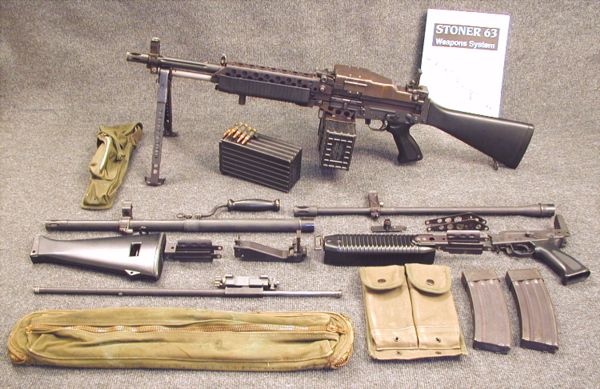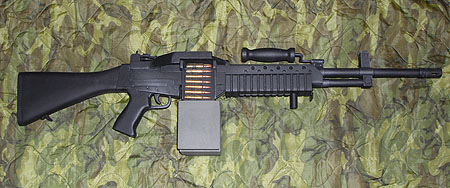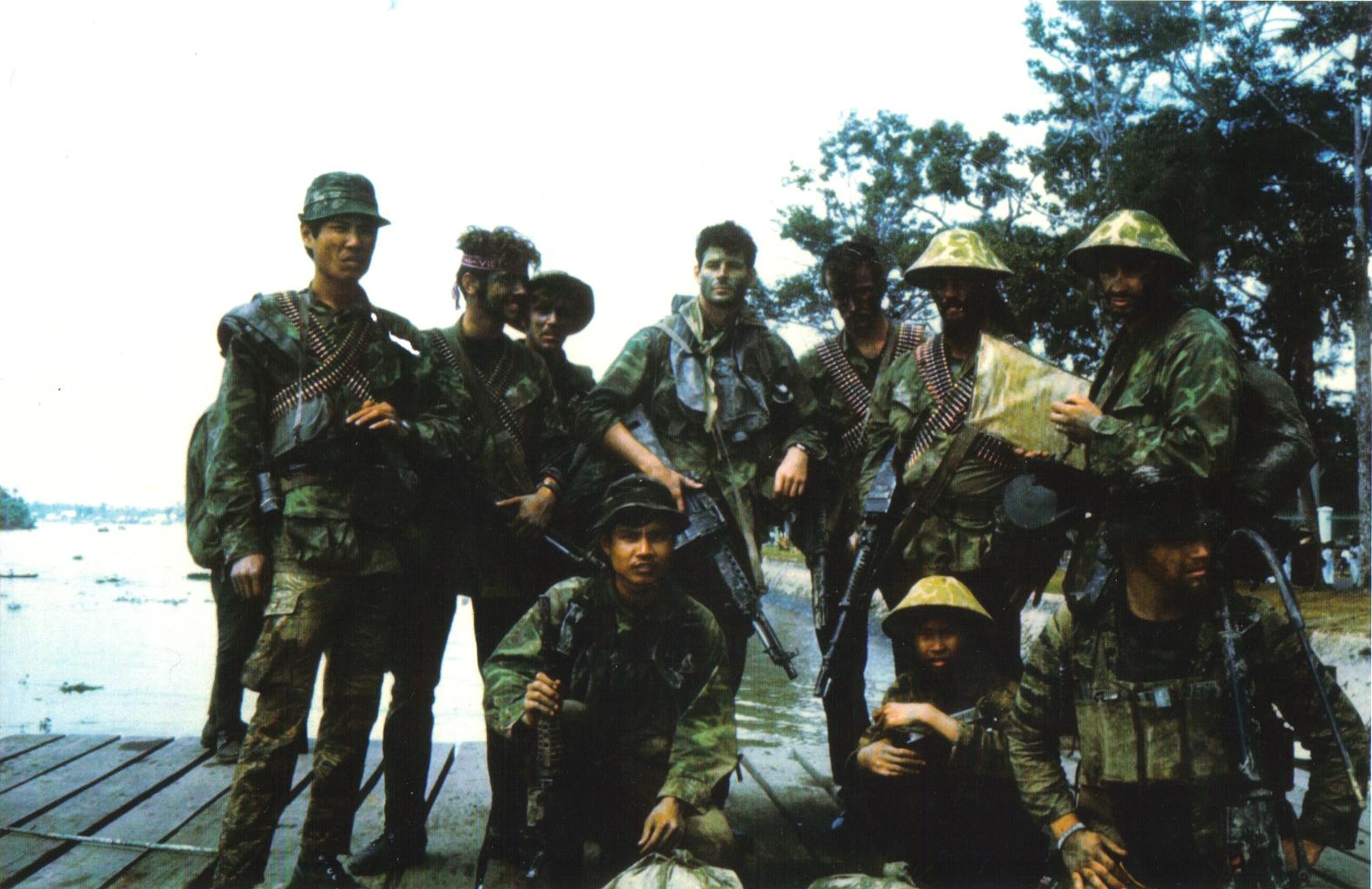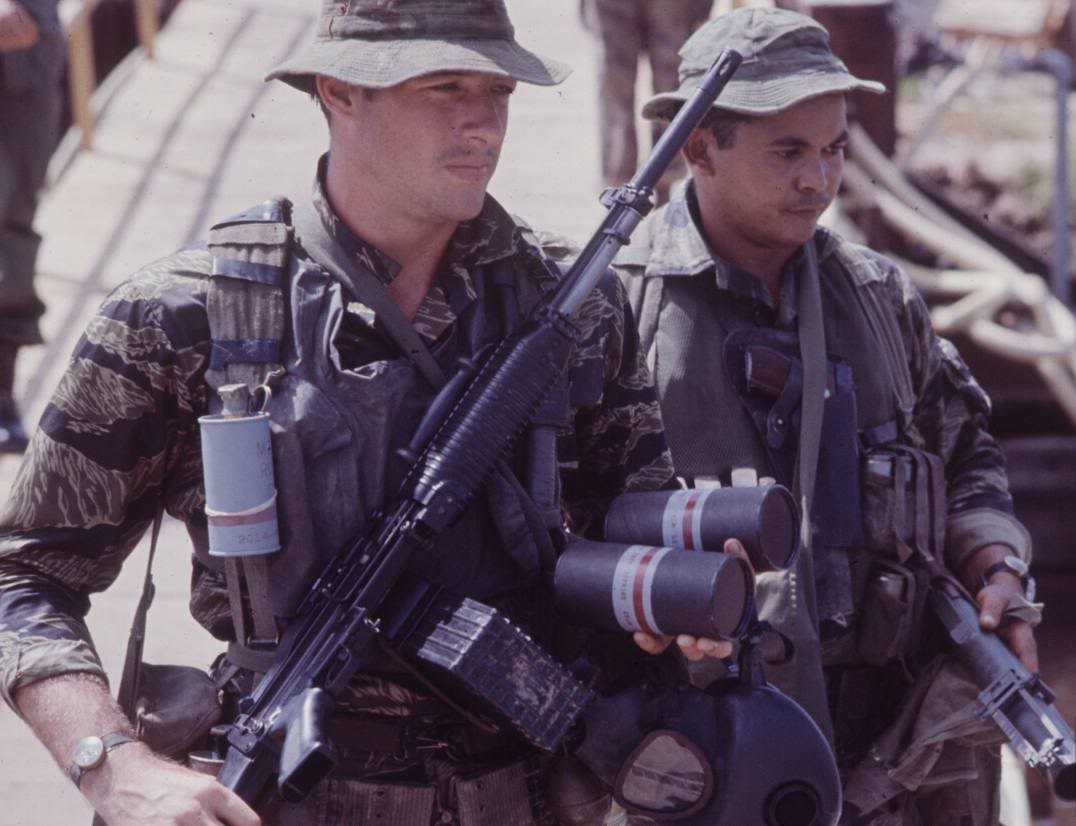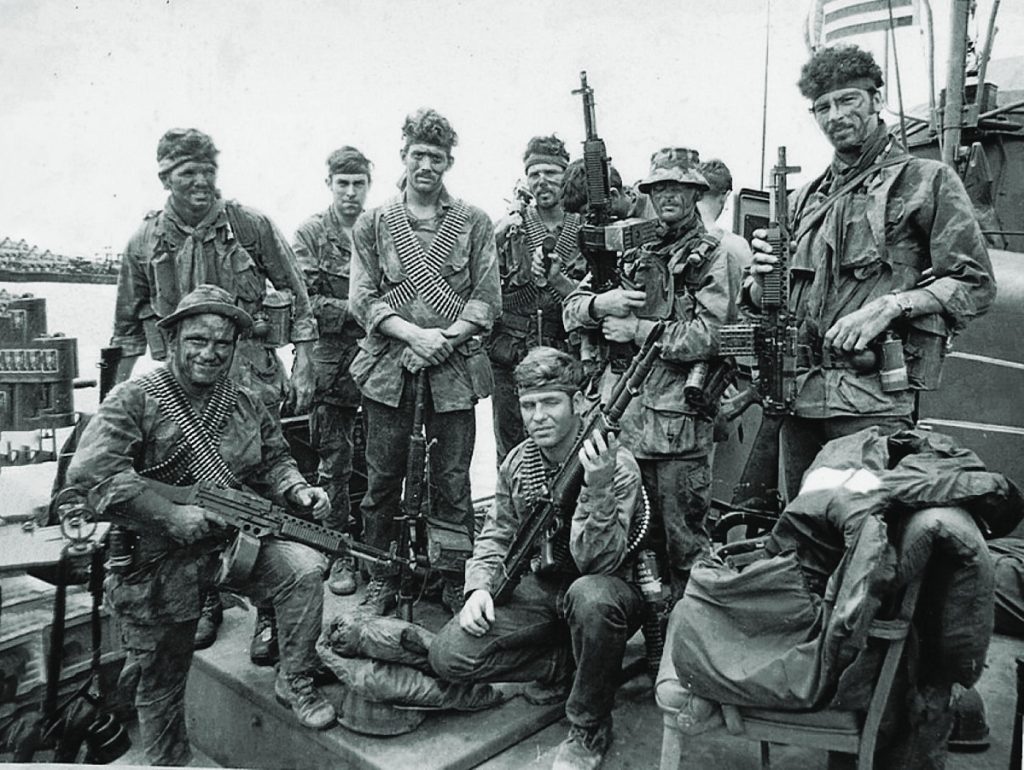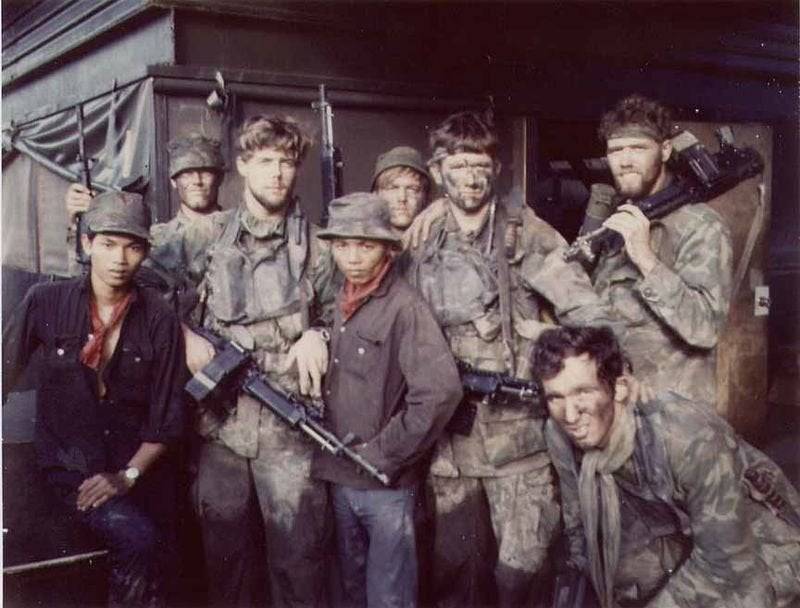Stoner 63A LMG
| Factions | Weapon | Icon | Classes | Ammo |
|---|---|---|---|---|
 US |
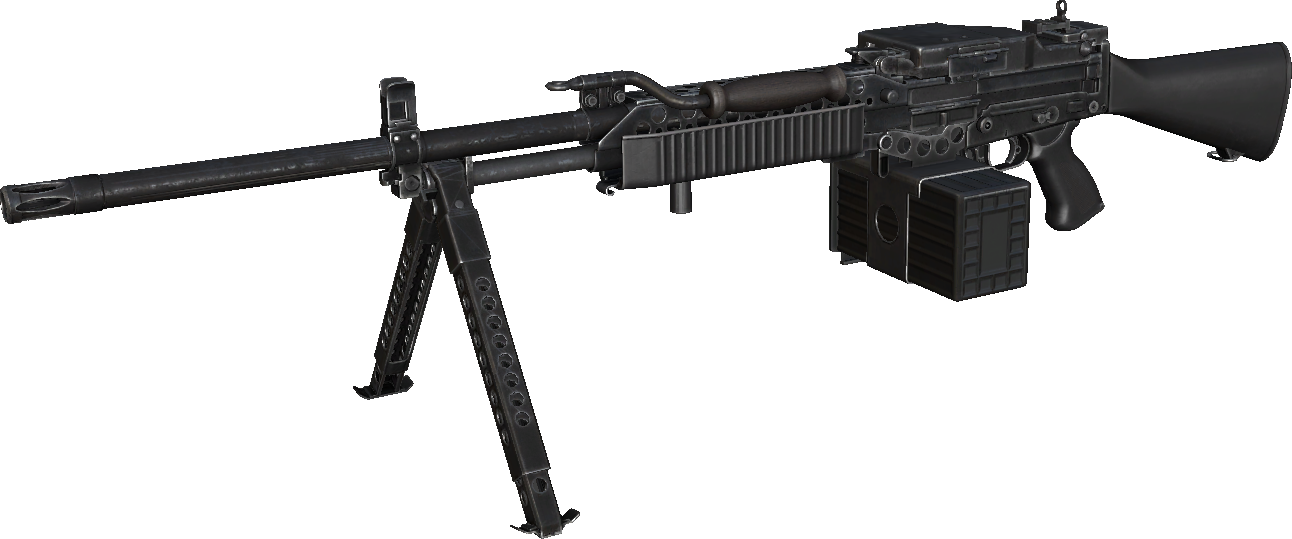 Stoner 63A LMG |
 |
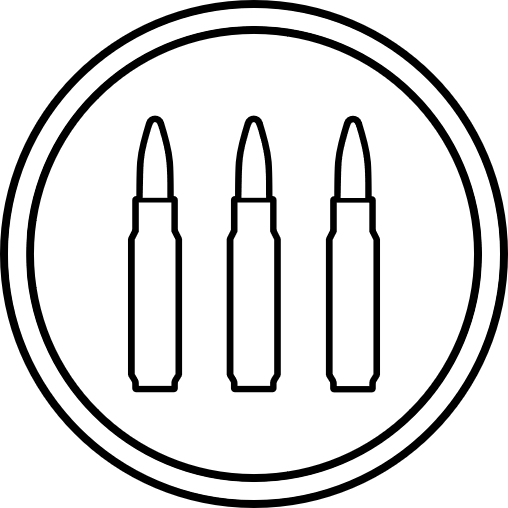 Gunner Gunner |
100 / 200 |
| Damage Base | Headshot × | Chest × | Stomach × | Leg × | Arm × | Bayonet | Rifle Grenades | Reload Speed | |
|---|---|---|---|---|---|---|---|---|---|
| Partial | Empty | ||||||||
| 33 | ×2.5 = 82.5 | ×1.2 = 39.6 | ×1.15 = 37.95 | ×0.8 = 26.4 | ×0.75 = 19.8 | NO | NO | 6.66 Seconds | 7.233 Seconds |
| Designation | Weapon Type | Fire Modes | Fire Rate | Bullet Spread ° | Bipod Bullet Spread ° | Range Modifier | Muzzle Velocity | Projectile weight | Weight |
|---|---|---|---|---|---|---|---|---|---|
| XM207E1 | LMGs | Auto | 775 RPM | 9.43° & 2.62° ADS | 2.21° & 0.71° ADS | 0.955 | 991 m/s | 12.3g (189.8gr) | 12.3 kg (27.12 lbs) |
| Full name | Caliber | Place of Origin | Date | Manufacturer | Barrel Length | Total Length | Weapon Script Name |
|---|---|---|---|---|---|---|---|
| Stoner 63A LMG | 5.56mm | USA | 1963 | Cadillac Gage Knight's Armament Company |
20 in (508 mm) | 40.25 in (1,022 mm) | weapon_stoner63_l |
The Stoner 63, designed by Eugene Stoner, is an innovative modular weapon system developed during the Vietnam War era. Its versatility allowed it to be configured as an assault rifle, carbine, light machine gun, or even a vehicle-mounted weapon. Its lightweight design and ability to quickly change configurations made it ideal for jungle warfare conditions in Vietnam, where mobility and adaptability were crucial. Despite its promising features, production and deployment were limited, and it didn't see widespread use due to various factors including cost and reliability issues. However, its legacy as a forward-thinking firearm design continues to influence modern small arms development.
HISTORY
After leaving ArmaLite, Eugene Stoner, renowned for his military small arms designs, conceived a modular weapon system adaptable to multiple configurations. Collaborating with Cadillac Gage's Howard Carson in Costa Mesa, California, Stoner developed the system, which was built around a common receiver with interchangeable parts. The first prototype, the Stoner M69W, was completed in 1962, followed by the Stoner 62. The focus later shifted to the smaller 5.56×45mm cartridge, leading to the production of the Stoner 63 in 1963.
Despite initial interest and adoption by the U.S. Marines for trials, the Stoner 63 faced reliability issues in Army tests, leading to the improved Stoner 63A in 1966. Further enhancements were attempted in the XM207 variant from 1969 to 1971, including modifications to improve firing rates and structural integrity. However, the project was ultimately discontinued in 1971 after U.S. military priorities shifted following the Vietnam War withdrawal announcement.
A small number of Stoner 63 and 63A units were used by U.S. Navy SEALs in Vietnam, but by the late 1980s, the system was phased out in favor of newer designs like the M249 SAW.
SOURCE
Soldier equipped with a Stoner 63A LMG and Smoke Grenades
